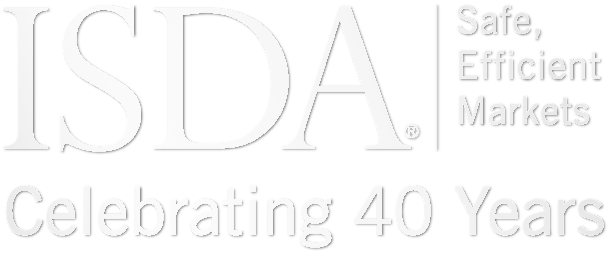The Basel Committee on Banking Supervision (BCBS) designed the new standardized approach to counterparty credit risk (SA-CCR) to replace the current exposure method (CEM) in the Basel capital framework. In December 2018, the Board of Governors of the Federal Reserve System, the Federal Deposit Insurance Corporation (FDIC) and the Office of the Comptroller of the Currency (OCC) published their proposed version of SA-CCR for the US market.
On March 18, ISDA, the Securities Industry and Financial Markets Association, the American Bankers Association, the Bank Policy Institute and FIA submitted a joint comment letter to the US regulatory agencies. In general, the associations support the move from CEM to SA-CCR given its greater sensitivity to risk. However, the rule as currently proposed by US agencies goes beyond the global standard set by the BCBS and would result in higher capital charges for institutions subject to US rules. This would create an unlevel playing field and would adversely affect the ability of commercial end users to hedge risk.
This paper outlines why SA-CCR is important, and summarizes the results of an in-depth quantitative impact study (QIS) conducted by the industry associations with input from nine financial institutions that account for 96% of total derivatives notional outstanding at the top 25 bank holding companies. As explained in the paper, the QIS highlights the need for changes in the calibrations within the proposed US rule to avoid negative impacts on the liquidity and functioning of the US derivatives market.
Documents (1) for SA-CCR: Impact on the US
Latest
Response on ASIC Derivative Transaction Rules
On December 3, ISDA submitted a response to the Australian Securities and Investments Commission (ASIC) consultation on the remake of the ASIC Derivative Transaction Rules (Clearing) 2015, which are due to sunset on April 1, 2026. ASIC proposed to remake...
IRD Trading Activity Q3 2025
This report analyzes interest rate derivatives (IRD) trading activity reported in Europe. The analysis is based on transactions publicly reported by 30 European approved publication arrangements (APAs) and trading venues (TVs). Key highlights for the third quarter of 2025 include:...
Ardagh Credit Event Processing and Trading
The Credit Derivatives Determinations Committee announced on December 15 that a restructuring credit event has occurred with respect to Ardagh. An ISDA Credit Market Infrastructure Group call was held on December 15 to discuss the processing of this event. The...
Future Path - IQ December 2025
At the start of ISDA’s 40th anniversary year, IQ convened the pioneers of the association to reflect on how a desperate need for standardization in the early days of the derivatives market brought dealers together to develop a dictionary of...



